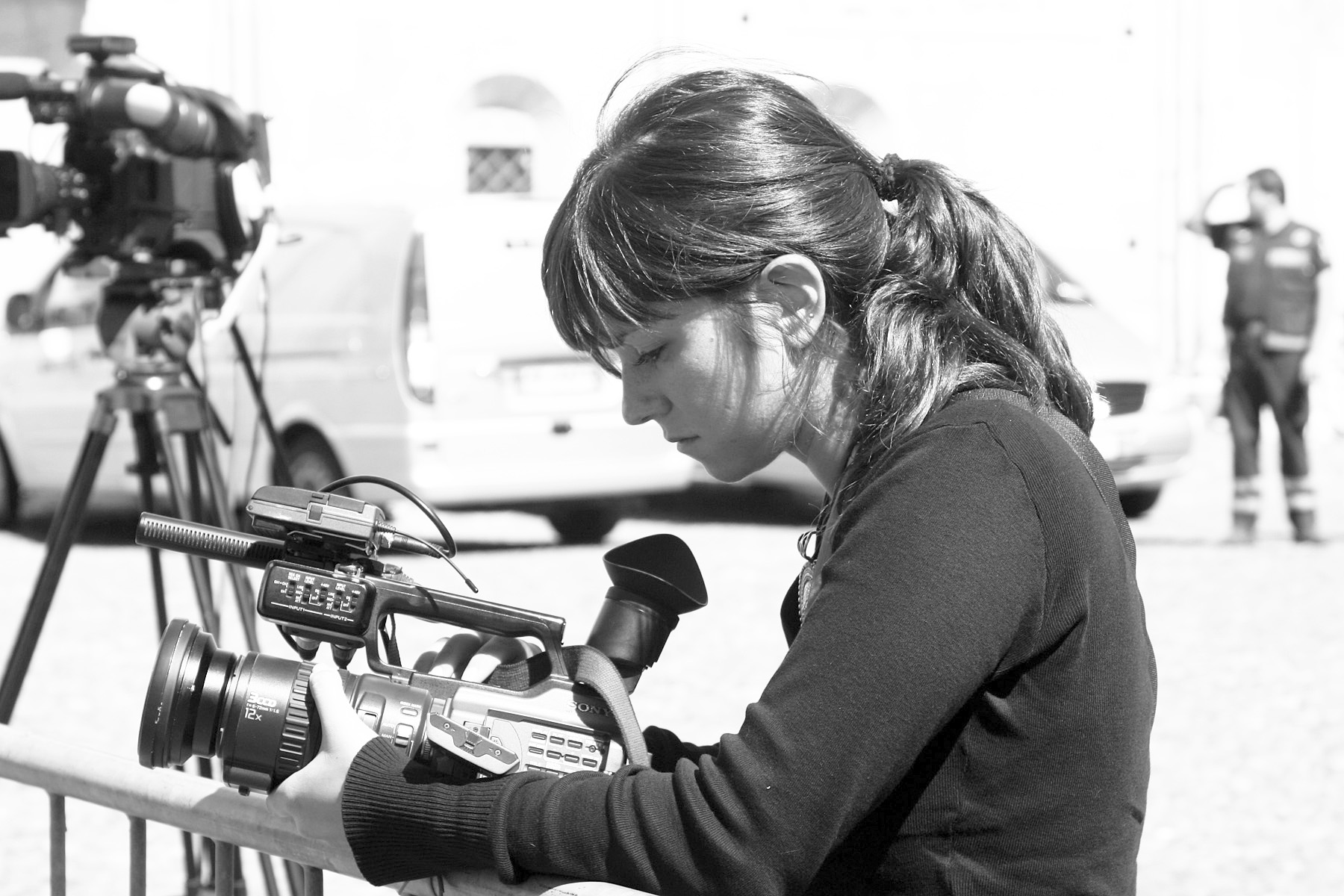Many independent journalists, digital news outlets and community newspapers lack access to affordable, professional-grade multimedia production facilities. High-quality audio, video and digital storytelling are increasingly essential for effective journalism, but the cost of equipment and technical training often prevents journalists—especially in news deserts—from fully utilizing these tools and producing quality reporting. This gap limits the reach and impact of local news, leaving communities without essential, well-produced multimedia content. This lack of local news production capability comes at a time when local newsrooms are either shrinking or coming under corporate ownership, where we have seen a stifling of diverse views and opinions. Compounding the problem, more Americans have shifted their media consumption to social media, where misinformation and a preponderance of questionable news sources flourish.
In today’s rapidly evolving media landscape, multimedia storytelling is no longer optional—it’s essential. However, many independent journalists and nonprofit news organizations in Los Angeles lack access to the professional production tools and training needed to compete with larger, well-funded media outlets. This gap is particularly evident in underserved communities, where a lack of resources prevents journalists from producing high-quality, impactful news content.
The Challenges Facing Local Journalists
- Lack of Affordable Multimedia Production Facilities: High-quality journalism increasingly depends on audio and video storytelling, yet many nonprofit newsrooms and freelancers cannot afford the necessary studio space, cameras, microphones, or editing software. Commercial production studios charge rates that are prohibitively expensive for nonprofit media organizations and independent journalists.
- Limited Training in Multimedia Journalism: Traditional journalism education focuses primarily on writing, leaving many journalists without the skills to produce podcasts, video reports, and live-streamed news. Without technical training and mentorship, local reporters struggle to adapt to digital-first storytelling.
- Underrepresentation of Marginalized Voices in Media: Underserved communities in Los Angeles often lack representation in mainstream media, leading to stories that are either ignored or inadequately covered. Journalists from these communities face additional barriers in accessing the tools needed to amplify their voices.

